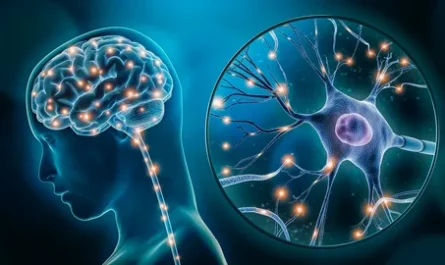A recent study conducted by Yale School of Medicine has shed light on the disparities in life-saving treatment for strokes that occur after heart surgery. While advancements in stroke treatments have significantly improved outcomes for many patients, individuals who experience strokes following heart procedures often do not receive these effective therapies.
The study, published in JAMA Neurology, highlighted that patients who suffer strokes after heart surgery are less than half as likely to receive potentially life-saving treatments compared to stroke patients who have not undergone cardiac procedures. Endovascular thrombectomy, a highly effective treatment for ischemic strokes caused by arterial blockages in the brain, is particularly underutilized in this population. This treatment must be administered within the first 24 hours of symptoms, making timely detection crucial.
The challenges in promptly identifying strokes in heart surgery patients, coupled with their limited eligibility for other stroke treatments due to the nature of the surgeries, contribute to the disparity in care. Cardiac procedures like valve repairs or stent placements can increase the risk of strokes by causing blood clots or damaging the arteries that supply blood to the brain, making post-operative strokes a significant concern.
Dr. Adam de Havenon, the lead researcher of the study, examined data from nearly 5,000 hospitals across the United States between 2016 and 2020 to analyze the treatment patterns of stroke patients following heart surgeries. The findings revealed that patients who suffered ischemic strokes shortly after cardiac procedures were significantly less likely to receive endovascular stroke treatment compared to those whose strokes were unrelated to heart surgeries.
The study emphasized the urgent need to address the treatment disparity in this population, as timely access to endovascular therapy can significantly impact patient outcomes. Those patients who did receive the treatment experienced higher rates of returning home after discharge, showcasing the effectiveness of the intervention.
Dr. de Havenon acknowledged the complexities involved in managing stroke detection in cardiac surgery patients, particularly due to sedation and ventilation practices post-operation. To improve early stroke detection, he is exploring the potential of continuous neural monitoring to identify signs of stroke in sedated patients and enable timely interventions. By closely monitoring brain activity and blood flow, healthcare teams could detect stroke symptoms early and administer necessary treatments.
Furthermore, the researchers plan to investigate the correlation between specific cardiac procedures and stroke occurrences to identify high-risk patient groups that could benefit from enhanced stroke monitoring. Dr. de Havenon stressed the importance of improving stroke care in heart surgery patients and expressed optimism about the potential impact of ongoing research in this field.
In conclusion, the study underscores the critical need for addressing treatment inequalities in stroke care post-heart surgery and highlights the significance of timely interventions in improving patient outcomes. Efforts to enhance stroke detection and treatment in this vulnerable population have the potential to bridge the existing disparities and enhance the quality of care provided to these patients.
*Note:
1. Source: Coherent Market Insights, Public sources, Desk research
2. We have leveraged AI tools to mine information and compile it




